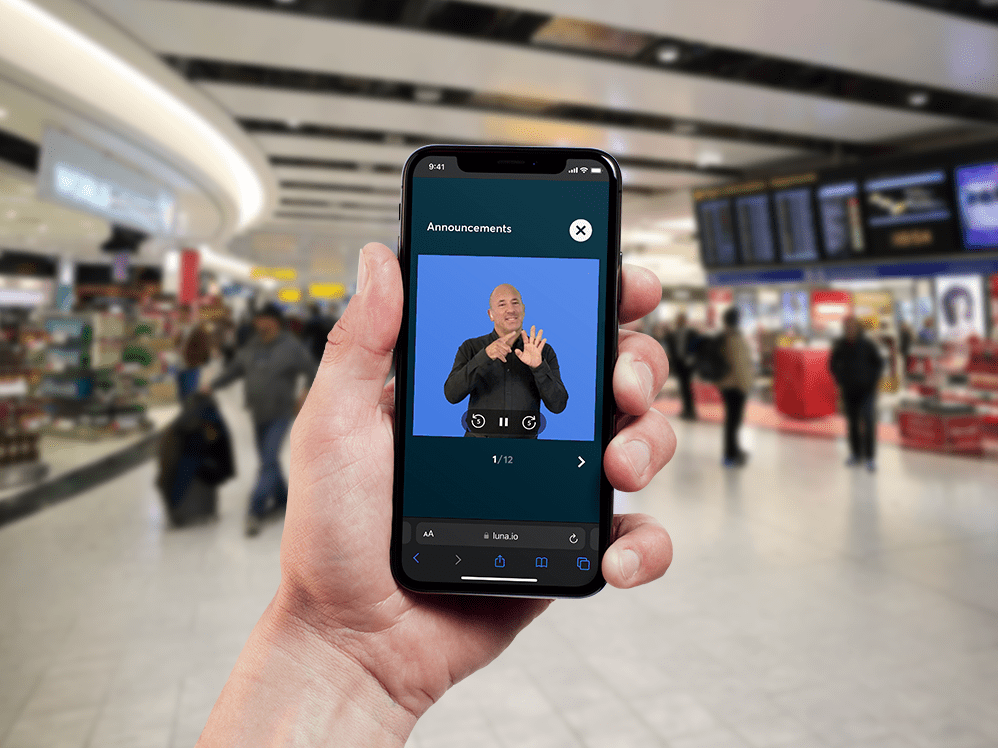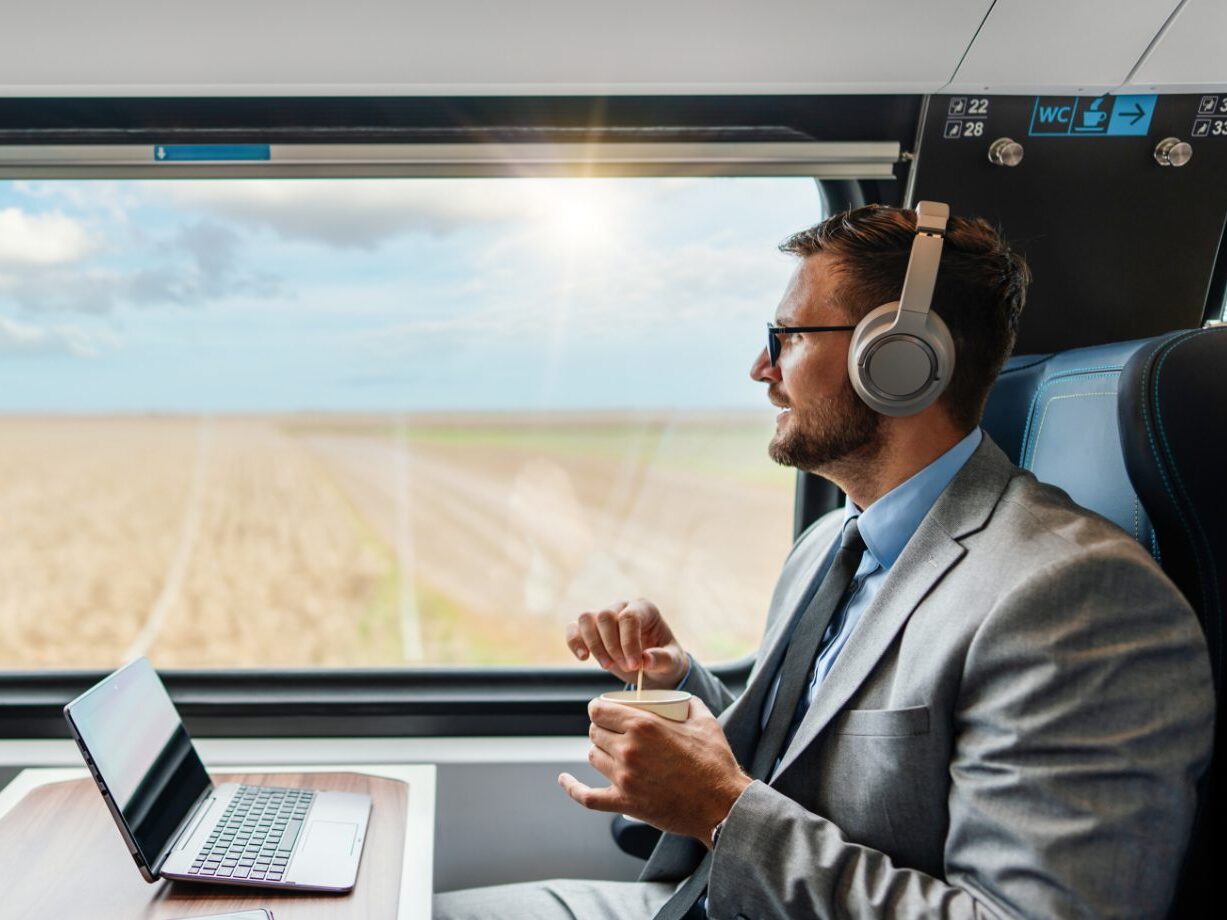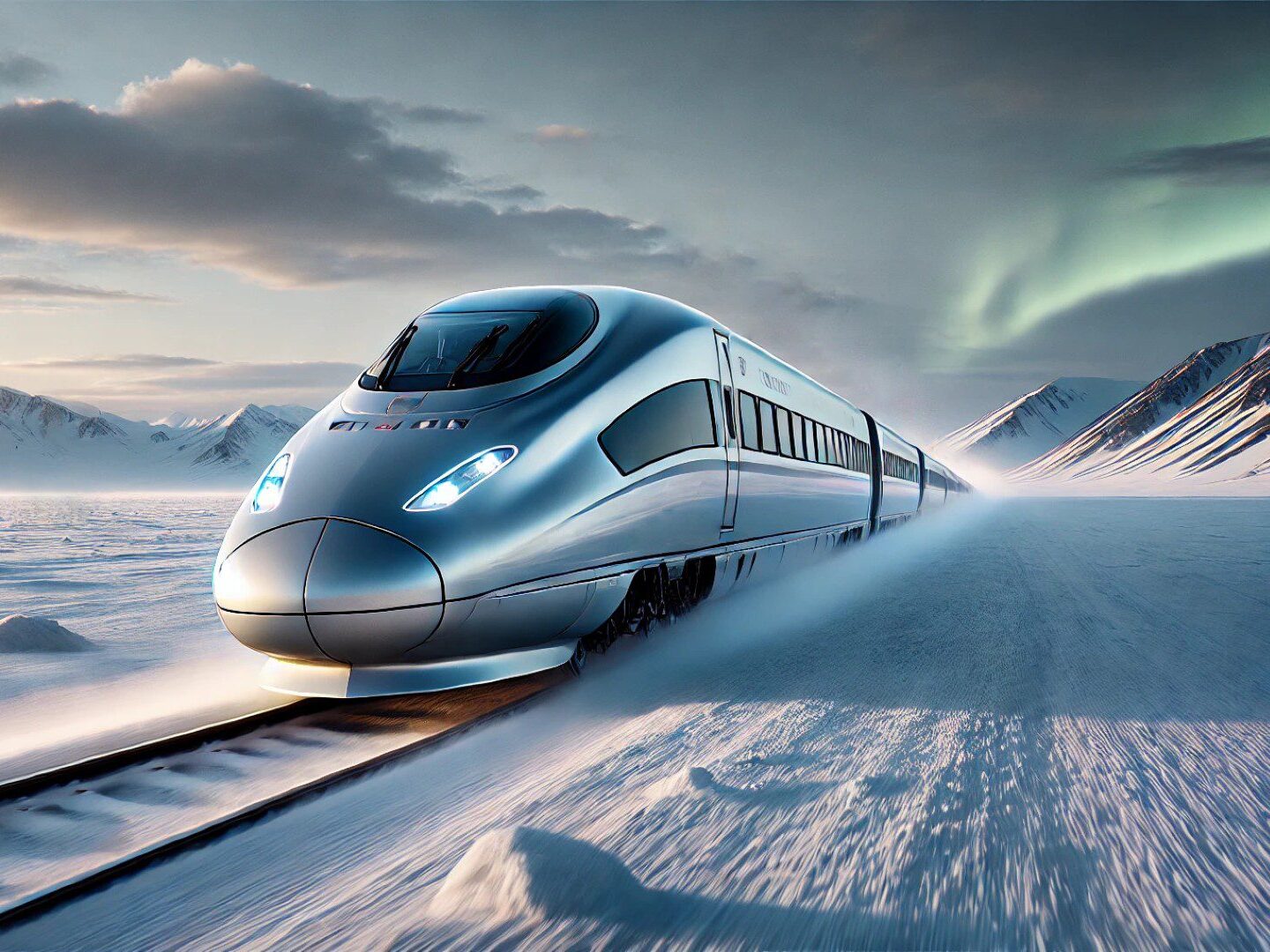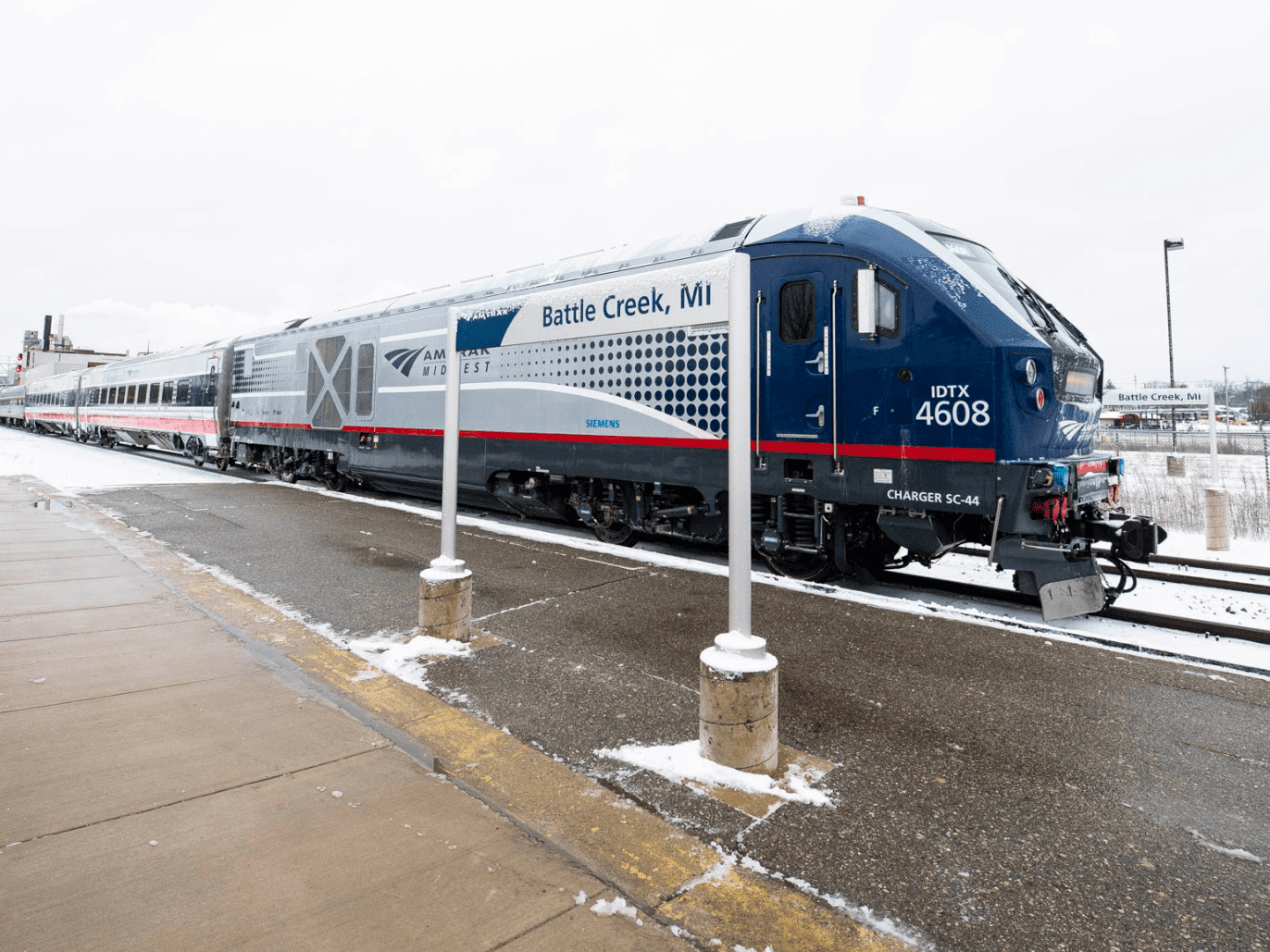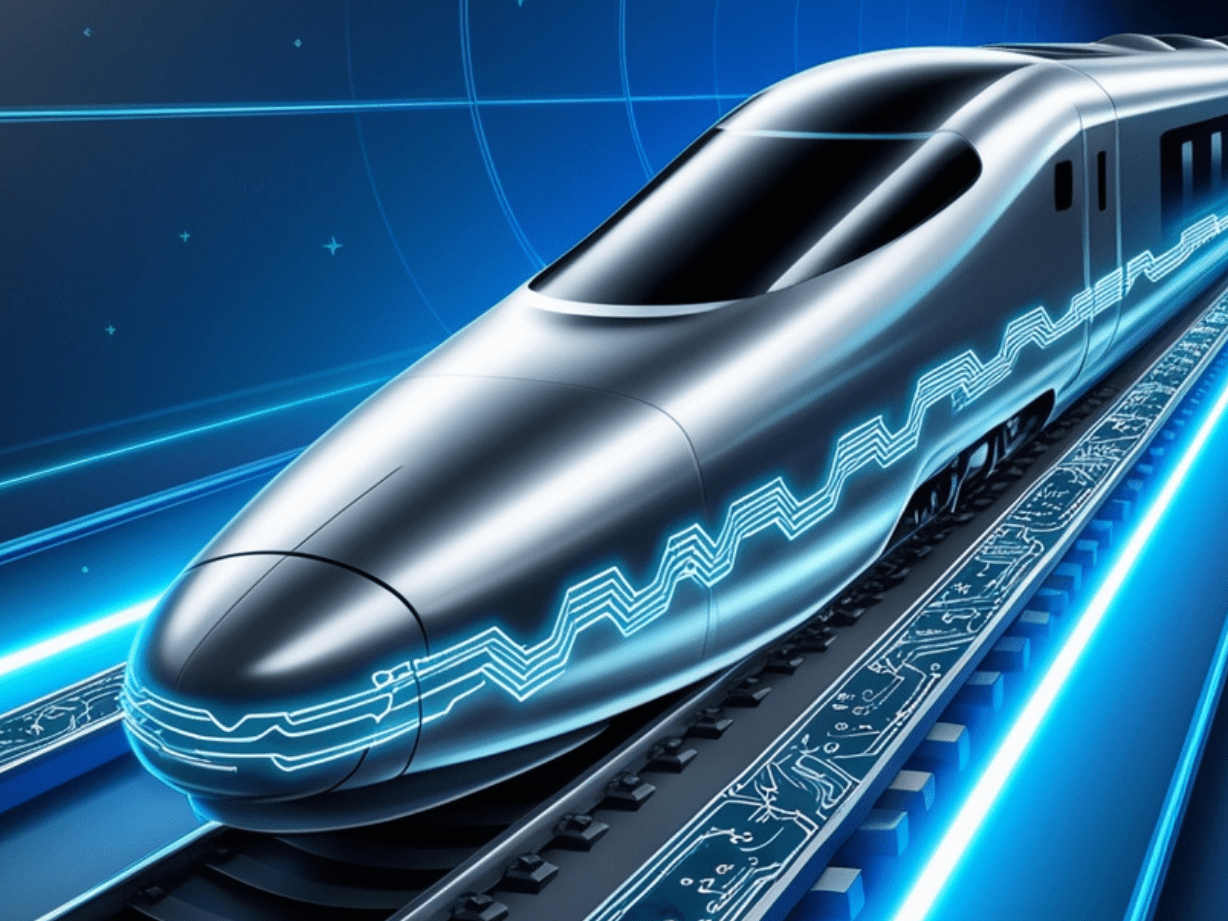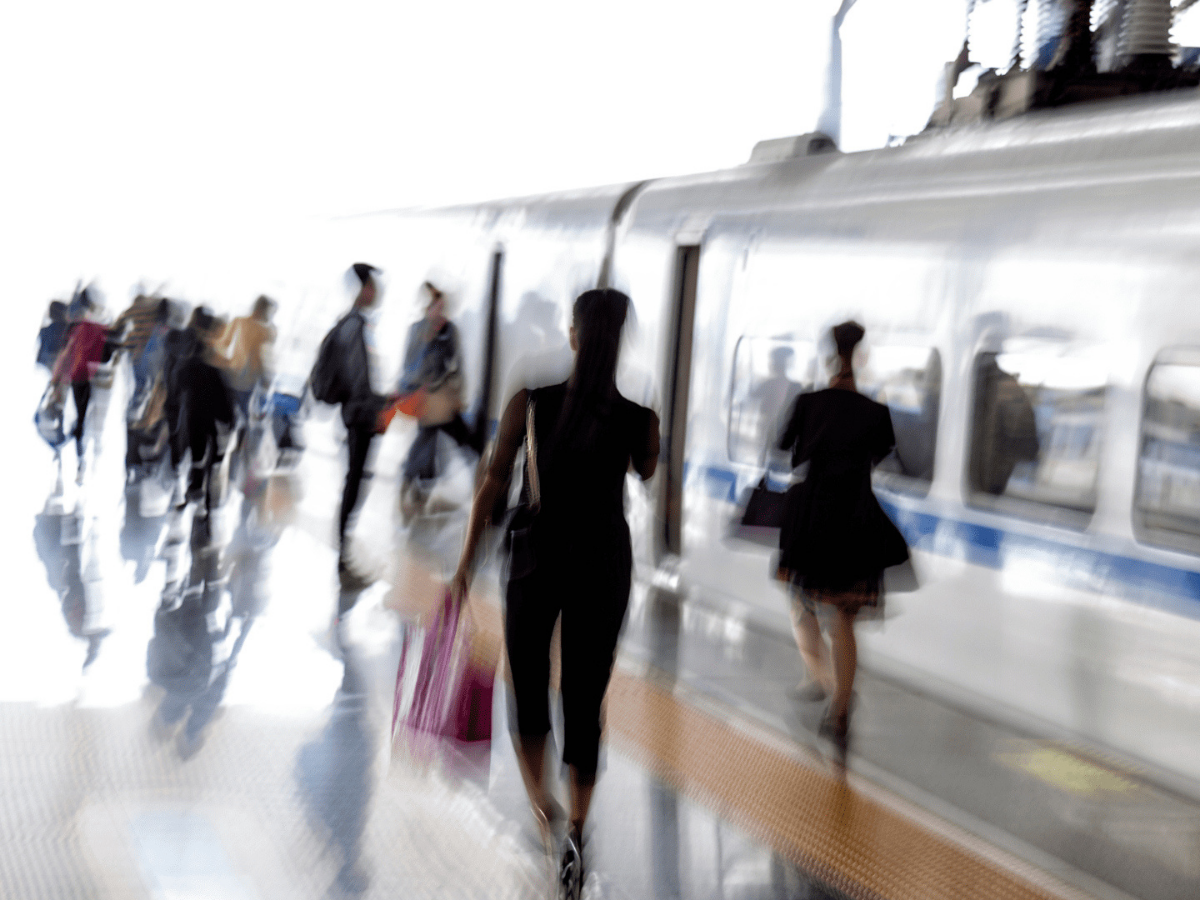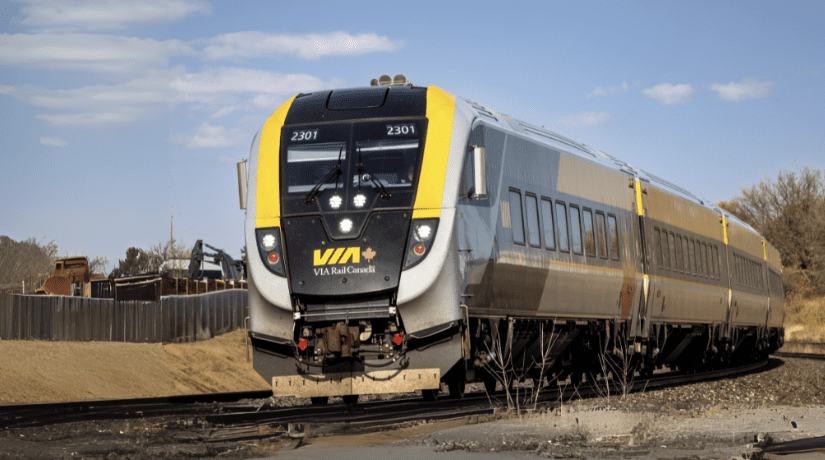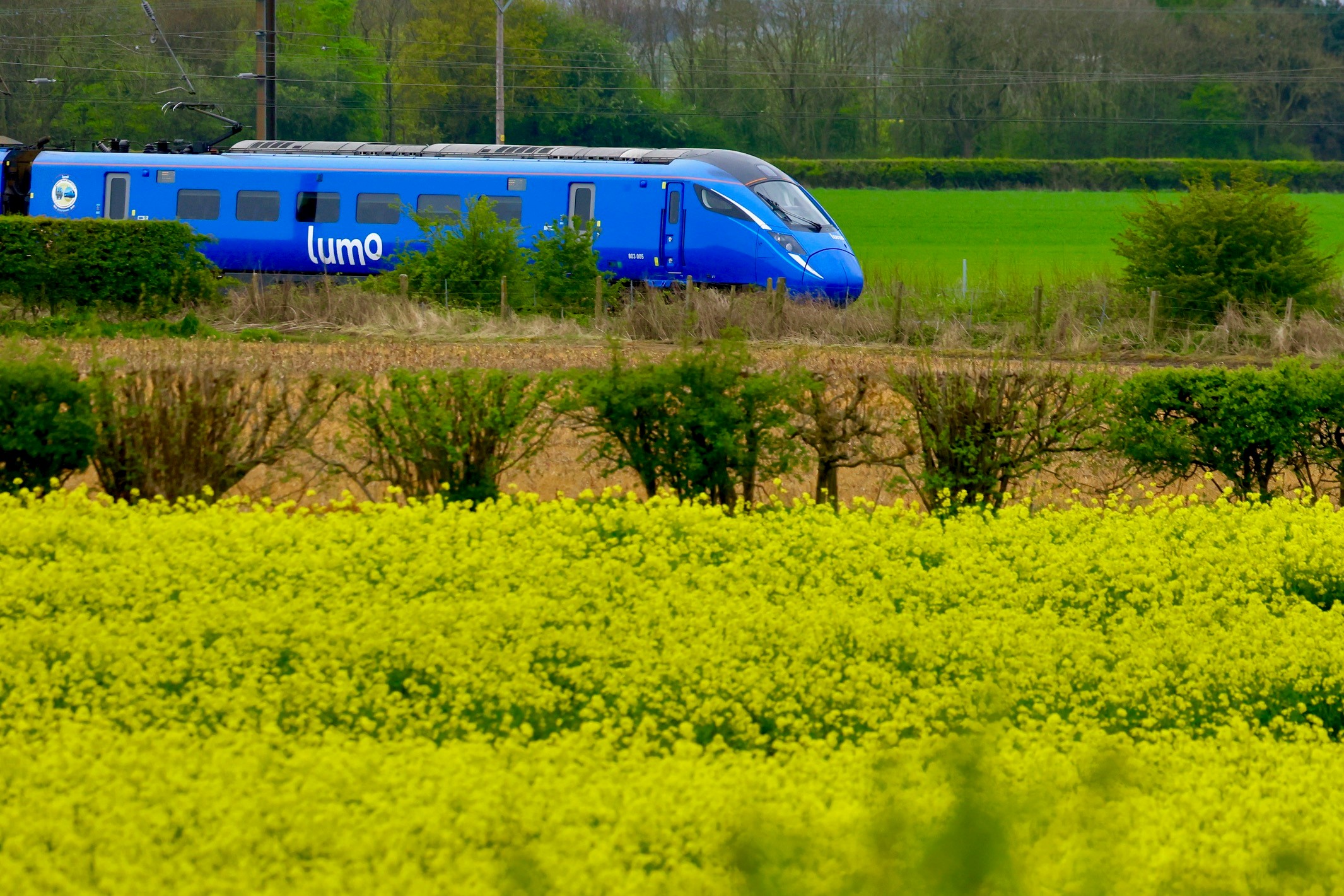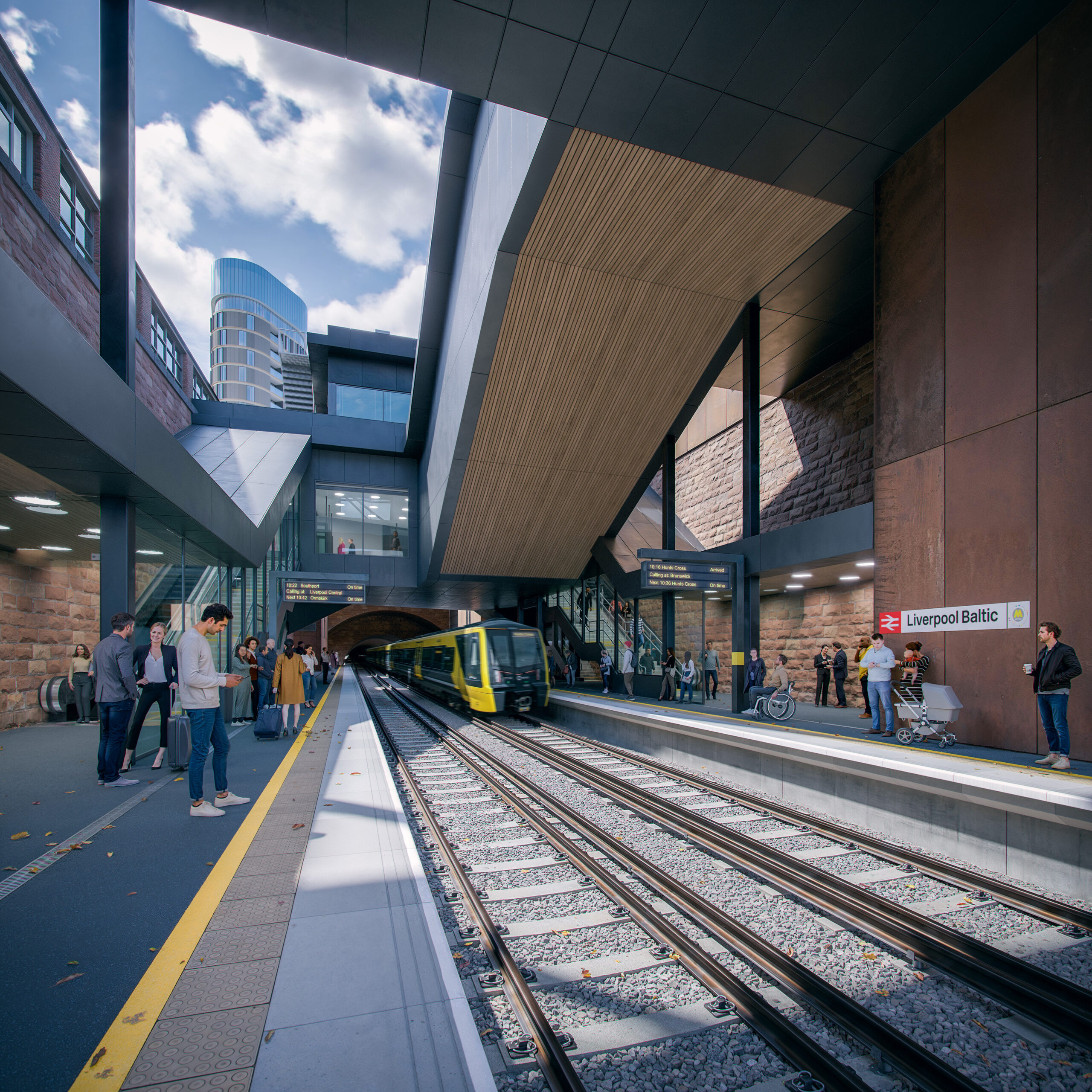The Importance of Designing Transit Systems with Installation in Mind
As cities worldwide evolve to meet the demands of a growing urban population and an increasingly digital world, the design and installation of transit systems becomes more critical than ever. The continuity in architecture from design to installation plays a critical role in ensuring onboard transit systems are efficient, safe, and scalable.
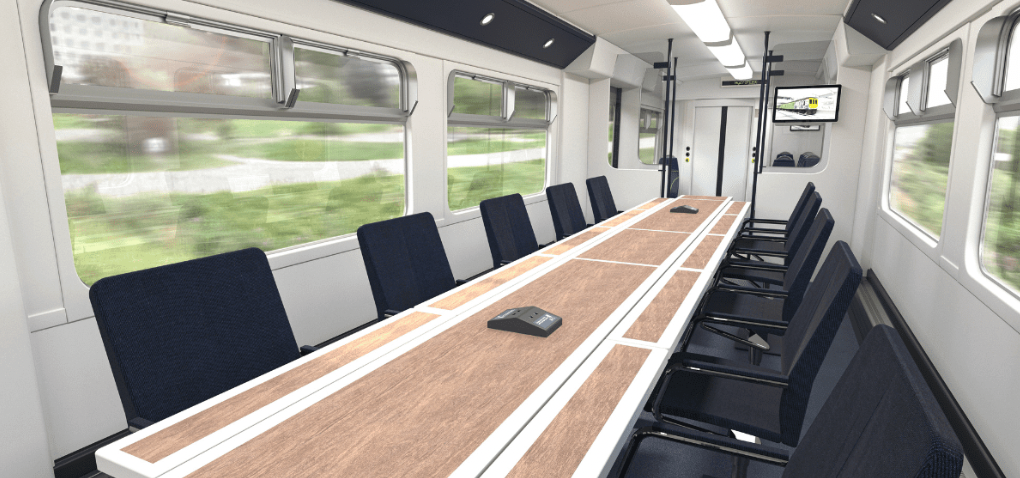
With insights from industry leaders Angelo Marasco, Transportation Director of Plan Group, and Mark Hoptroff, Director of Icomera’s design and engineering division, DG8, we confront the toughest questions on how installation and operations are incorporated into every design decision.
DESIGN
How do you approach the design process to ensure system resilience and passenger satisfaction simultaneously?
Mark Hoptroff, DG8: Designing with installation in mind means considering every step of the process, from the initial design phase to the final implementation, while anticipating risks and proactively addressing them. Specific to industrial design, the key is meeting installation constraints while ensuring compliance with relevant standards. A good design is when the concept can be turned into a real solution.
Angelo Marasco, Plan Group: With complex system integrations, the installation process must be meticulously planned and executed to ensure seamless operation. Systems designed to exceed performance and reliability involve rigorous testing and validation. When the design prioritizes ease of maintenance and upgrades, systems can evolve with technological advancements without causing significant disruptions.
PRACTICALITY
How do you balance technological advancement with operational practicality?
Hoptroff: Our approach to technological advancements is driven by customer demands.Many transit operators tend to be cautious about adopting new technologies outside of proof-of-concept environments. Our focus is always on providing design-led solutions that prioritize safety and reliability, ensuring that our activities do not compromise passenger-facing services. This careful balancing act ensures that we can enable day-to-day functionality.
Marasco: We implement systems that can be hot-swappable, making it easier to upgrade devices at the end of their lifecycle without extensive downtime. We also use consistent connector types to streamline the upgrading process. By ensuring that new technologies can be integrated seamlessly with existing systems, we minimize disruption and enhance operational efficiency. This strategy allows us to introduce new technologies gradually and effectively, maintaining a smooth transition and sustained operational performance.
COMPLEXITY
Think of a “complex project”. Why was it complex and what can you share with other rail operators?
Hoptroff: The most challenging projects are those that start late and without having all stakeholders commercially aligned and motivated.To ensure the chosen technology aligned with practical needs, it was crucial to obtain inputs from operational stakeholders early in the process. Many potential operational challenges, such as the impact on existing services and maintenance requirements, were not fully considered at the outset. This oversight led to unforeseen complications during implementation.
Marasco: We worked on a light rail transit (LRT) project that required building a new dashboard to accommodate additional instrumentation. This involved removing the existing dashboard and its components, designing and prototyping a new one, as well as securing necessary approvals from the transit agency before manufacture. With a tight two-week window to work with, we were able to complete all manufacturing in advance and prepare kits for each train. Validation takes time but is worth every minute. Each time a system is reinstalled, we validate all components that are being reinstalled and provide installation training. The complexity arose adhering to strict safety standards, and managing operations across an active rail network.
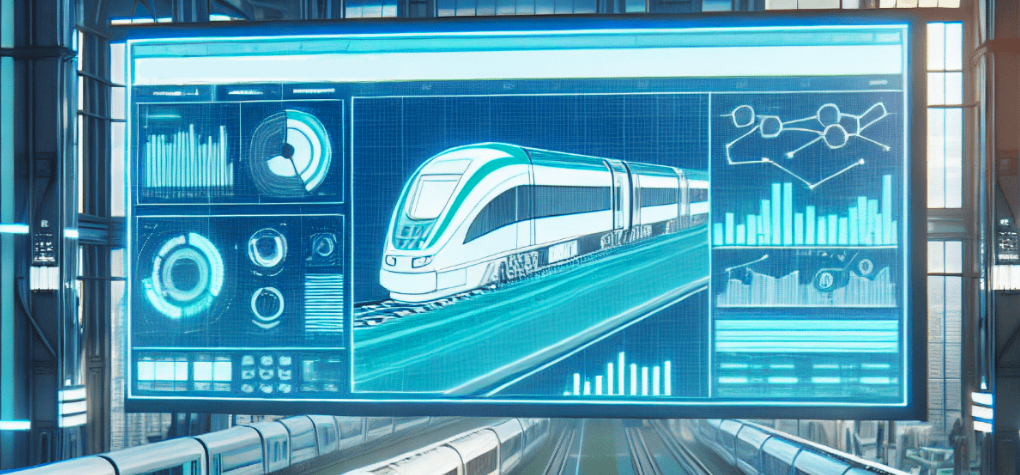
CONTINUITY
What is the one thought rail operators need to keep top of mind when it comes to design and installation continuity?
Hoptroff: Maintaining up-to-date records of train statuses is crucial. Undocumented differences in fleets can cause significant delays and complications during installation. These issues take time to sort out and ultimately result in designs that can’t be applied to all trains within the fleet. Consistency in documentation and regular updates are essential to avoid such issues.
Marasco: You can never underestimate the importance of spare parts availability and thorough training for both existing and new employees. These factors help ensure that installation processes run smoothly and consistently across the fleet.
This article was originally published by Icomera.


